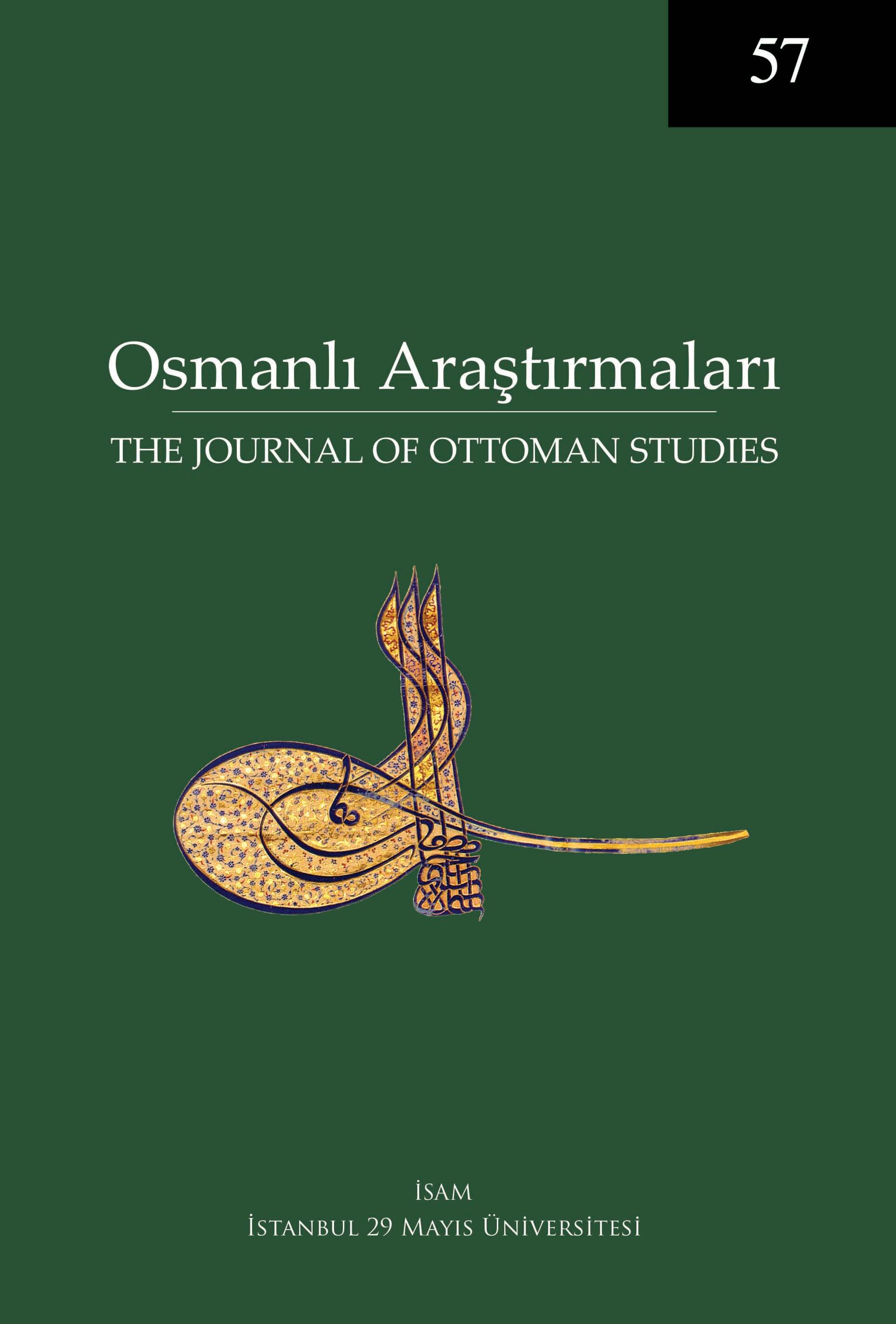The Lords of Colours: A Prosopographic Approach to the Sufi World of 13th Century Anatolia
Keywords:
Geylani, Rıfai, Vefai, Kalenderi, Bayezidi, Dede Karkın, Ahi Evren, Mahmud Hayrani, Mevlana, Ertugrul GaziAbstract
It is true that the political, social and religious structures in 13th century Seljuk Anatolia had a chaotic feature. The traces of the claim that the populous Turcoman tribes pushed into Anatolia by the Mongols, who were the reason for this chaos, and especially the ancestors of the Ottomans that were the leaders of those tribes which had been considered pagans and shamanists and were later converted to Islam, can be found in the “heterodox” thesis. This assertion has been tested according to the records kept by the Ottomans, to the sources based on “doctrines (aqaid)” and to knowledge derived from religious order tradition in this study. It is known that official records kept by the Ottomans that grew within the waqf system are based on the written documents and trustworthy men. This study focuses on the leading figures of the Sufi world through the 12th century and the beginning of the 13th century, and on their marriages. These leading figures were Ahi Evren Mahmud, Muhiyiddin ibn Arabî, Mahmud Hayrânî, Şeyh Ede-Bali, Hacı Bektaş Veli, Cemaluddin Musa Zili, Yunus Emre, Abdülkadir-i Geylâni, Ahmed er-Rıfâi, Ebu’l-Vefa Bagdadi, Ahmed Yesevi, Kutbuddin Haydar, Evhaduddin Kirmani, and Shibuddin Suhreverdi. The starting point of this study is based on “Seyyid Elvan” as recorded in some Neşri and Ashikpashazade versions, in which a menkibe/legend is said to have occurred between Orhan Ghazi and Geyikli Baba. In this context, an attempt is made to show the links between the ancestors of the Ottomans with the aforesaid sufi leaders and the devotedness of those ancestors to Bayezid-i Bistamî and Veysel Karani. Those ancestors’ interest in Veysel Karani, who inherited the mantle of the Prophet Mohammed, and in Karani’s follower, Bistami, was because these individuals had protected the cause of the prophet, without seeing him. While the Khorasan School represents an uveysî love, the Turks, who adopted the mutasawwıfs (Islamic Sufi masters) of that School as their leaders, were educated according to Maturidi doctrines (aqaids) and Hanefi school of law.




